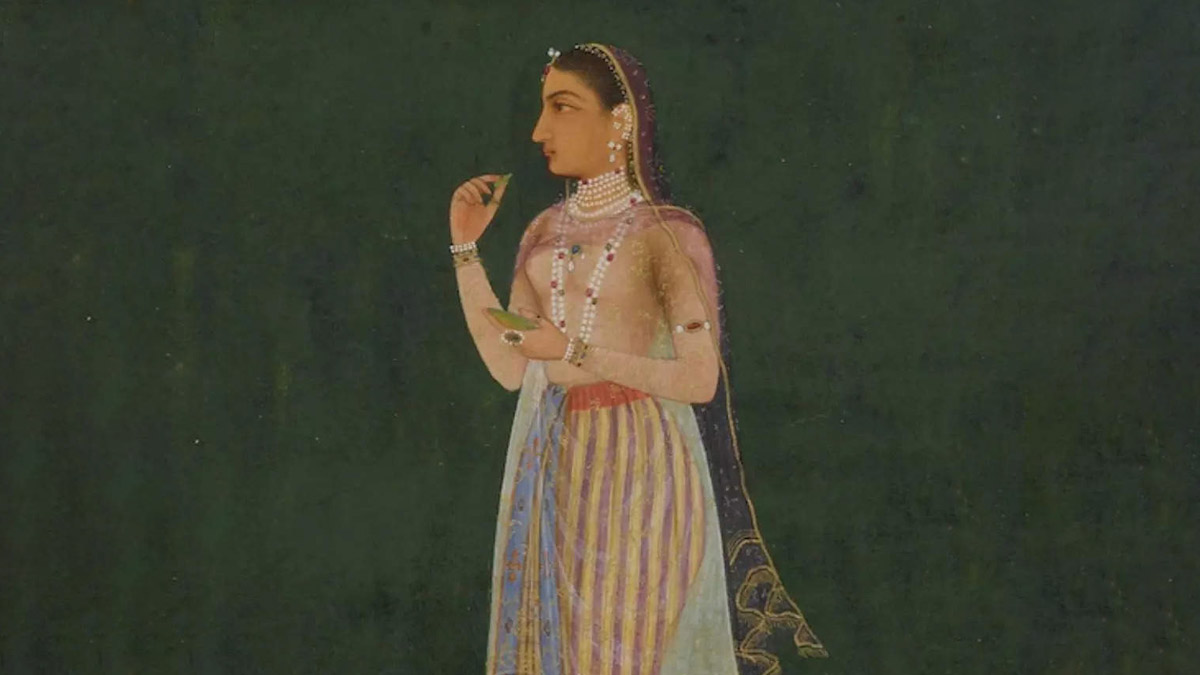In the bustling heart of India's capital, amidst the winding alleys lined with the scents of attar and the vibrant chatter of chadar sellers, lies the 800-year-old dargah of Hazrat Nizamuddin Auliya, one of the most revered Sufi saints. But hidden within this sacred complex is the tomb of a remarkable woman, Jahanara Begum, whose life story is as captivating as the architectural marvels that surround her.

Jahanara: The Multifaceted Mughal Princess
Born in 1614 in Ajmer, Jahanara Begum was the eldest child of the powerful Mughal Emperor Shah Jahan and his beloved wife, Mumtaz Mahal. According to The Better India, growing up in the opulent Mughal court, the young princess was well-versed in the intricacies of statecraft and diplomacy, often spending her evenings playing chess with her father and helping him plan the reconstruction of grand palaces.

A Trusted Confidante and Advisor to the Emperor
Tragedy struck Jahanara's life when her mother, Mumtaz, passed away in 1631. At just 17 years old, the grief-stricken Emperor entrusted his daughter with the coveted Imperial Seal, making her the Malika-e-Hindustan Padshah Begum, the First Lady of the Indian Empire. The Better India notes that in the years that followed, Jahanara became her father's closest confidante and advisor, wielding immense political and economic influence.

A Patron of the Arts and Humanitarian
Jahanara's impact extended far beyond the confines of the royal court. As per The Better India, she was a prolific writer, poet, and painter, and her love for Sufism led her to commission a biography of the revered Sufi saint, Khwaja Moinuddin Chishti. As a savvy trader, she owned her ship, 'Sahibi,' which carried goods from her factories and docked at her private port in Surat, generating significant revenue. Jahanara also used her wealth to support charitable causes, donating generously to Sufi dargahs and extending her patronage to artists and intellectuals.
Don't Miss:'Surya Tilak' At Ayodhya's Ram Temple: Understand The Science Behind The Ceremony
The Architect of Chandni Chowk

Perhaps Jahanara's most enduring legacy, according to The Better India, is her role as the architect of the legendary Chandni Chowk, the iconic bazaar in Old Delhi. Described as an "octagon with sides of one hundred yards and a large pool in its centre," the Chandni Chowk was a masterpiece of urban planning, with Jahanara overseeing the construction of caravansarais, gardens, and a public bath.
Jahanara: A Trailblazing Mughal Princess

Despite her immense power and influence, Jahanara remained steadfastly loyal to her father. The Better India notes that when Aurangzeb, her brother, imprisoned Shah Jahan in the Agra Fort, Jahanara set aside her luxurious lifestyle to accompany her father into exile, caring for him until his final breath in 1666. Even in death, Jahanara's humility shines through her simple marble tomb in the Nizamuddin Dargah is adorned with her couplet, which reads, "Let no one cover my grave except with green grass, for this very grass suffices as a tomb cover for the poor."
Through her extraordinary life, Jahanara Begum emerges as a multifaceted Mughal princess who defied the conventional expectations of her time, as per The Better India. She was a writer, artist, and humanitarian, wielding immense political and economic power while remaining a devoted daughter and a champion of the arts. Jahanara's legacy continues to inspire, reminding us of the transformative impact that can be achieved by women who dare to challenge the status quo.
Don't Miss:Wealthy Jain Couple From Gujarat Donates Rs 200 Crore To Embrace Monkhood
Image Courtesy: The Better India
For more such stories, stay tuned to HerZindagi

Take charge of your wellness journey—download the HerZindagi app for daily updates on fitness, beauty, and a healthy lifestyle!

Comments
All Comments (0)
Join the conversation